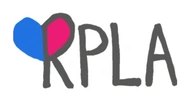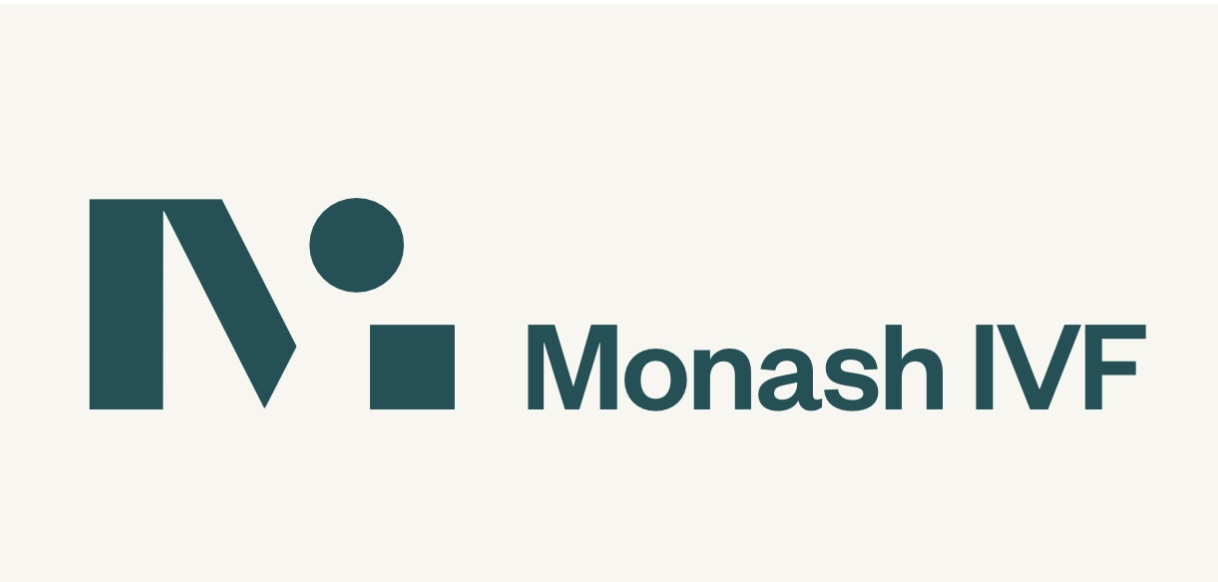How to Prep for Breastfeeding Before Baby Arrives
Breastfeeding seems so natural — until you realize it doesn’t always come naturally. Truth bomb? Most new moms face challenges in the early days of nursing, but prepping before your baby arrives can make all the difference.
If you’re expecting and wondering how to get ready for breastfeeding, this guide is for you. From body prep to mindset shifts to practical tools, here’s how to walk into motherhood feeling empowered, informed, and way less overwhelmed.
Why Preparing for Breastfeeding Matters
You’re prepping for the birth — now prep for the feeding. Because let’s face it: once baby arrives, you’re running on little sleep, big emotions, and even bigger learning curves.
Breastfeeding prep helps:
• Reduce stress in the first weeks
• Boost milk supply confidence
• Prevent common pitfalls (like latch pain or low output)
• Increase the chances of sticking with it long term
Think of it like training for a marathon — only this one involves nipples and newborns.
1. Learn the Basics of How Breastfeeding Works
Before a baby comes, get familiar with:
• How milk is made — your body starts producing colostrum in late pregnancy, then transitions to mature milk around day 3–5 postpartum
• Supply & demand — the more baby nurses, the more milk your body produces
• What a good latch looks like — baby’s mouth should cover the areola, not just the nipple
Consider taking a prenatal breastfeeding class (online or in-person) and watching videos that show real latch technique.
2. Meet with a Lactation Consultant (Yes, Before Birth)
This is a game-changer.
Book a prenatal lactation consult to:
• Review your health history and breast anatomy
• Flag potential challenges (e.g., flat nipples, past surgeries)
• Learn positioning techniques ahead of time
• Get recommendations for pumps, pillows, and tools
Bonus: You’ll already have a contact in case things get tough later.
3. Prep Your Body for Breastfeeding
No, you don’t need to “toughen up” your nipples (please don’t rub them with a towel — that’s outdated advice). But there are ways to support your body:
• Moisturize with a gentle nipple balm to keep skin healthy
• Hydrate well in late pregnancy to prep for fluid loss post-birth
• Practice hand expression in the last weeks of pregnancy if approved by your doctor — it can help stimulate milk production and collect colostrum
4. Create a Breastfeeding-Friendly Home Setup
Set up a dedicated nursing station in your bedroom or living space with:
• Water bottle
• Healthy snacks
• Nipple cream
• Burp cloths
• Extra breast pads
• Phone charger
• Nursing pillow or support cushion
Trust — when baby’s cluster feeding at 2 a.m., having everything within arm’s reach is everything.
5. Get Your Breastfeeding Gear Ready
You don’t need to go overboard, but having a few essentials helps:
• A double electric breast pump (check if your insurance or hospital provides one)
• Nursing bras and tanks for easy access
• Reusable breast pads for leaks
• A Haakaa pump to catch letdown from the opposite side while nursing
• Storage bags for pumped milk if you plan to build a stash
6. Learn About Newborn Feeding Patterns
Newborns eat often — as in, every 2–3 hours, around the clock.
Knowing that:
• Frequent feeding is normal, not a sign of low supply
• Cluster feeding (short feeds every 20–40 minutes) can happen in the evening
• Wet and dirty diaper counts are the best way to know if baby’s getting enough
Prepping your mind now = less panic later.
7. Build a Support Network
Breastfeeding isn’t just physical — it’s deeply emotional. Having support in place can make or break your experience.
Line up:
• A partner or friend who understands your goals
• Access to lactation support (IBCLC, midwife, doula)
• A local or online breastfeeding group (like La Leche League or private Facebook groups)
Don’t wait until there’s a problem. Put your tribe in place before baby arrives.
8. Set Flexible Expectations
You might love breastfeeding. You might hate it. You might combo-feed, pump exclusively, or formula-feed after all. And all of that is okay.
Instead of rigid goals, try:
“I’ll take it one feed at a time.”
Success is defined by what works for you and your baby — not by anyone else’s Instagram post.
9. Ask About Breastfeeding-Friendly Birth Practices
When writing your birth plan, include:
• Immediate skin-to-skin contact after birth
• Delayed cord clamping
• Rooming-in with your baby
• Avoiding bottles or pacifiers in the early days (unless needed medically)
These small steps can have a big impact on how breastfeeding begins.
10. Trust Your Body (Even When It Feels Awkward)
Your body grew this baby — it can feed it, too. The early days are messy, emotional, and full of learning. But trust that your instincts, your baby’s cues, and your bond will guide you.
And when in doubt, ask for help. No one is meant to do this alone.
Final Thoughts
Prepping for breastfeeding doesn’t guarantee a smooth ride — but it gives you a head start. The more informed, resourced, and supported you are, the more confident you’ll feel when those first latches happen.
Motherhood begins before birth. So does the magic of feeding.
You’ve got this, mama.











